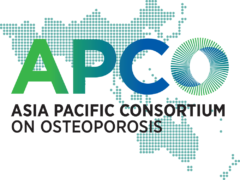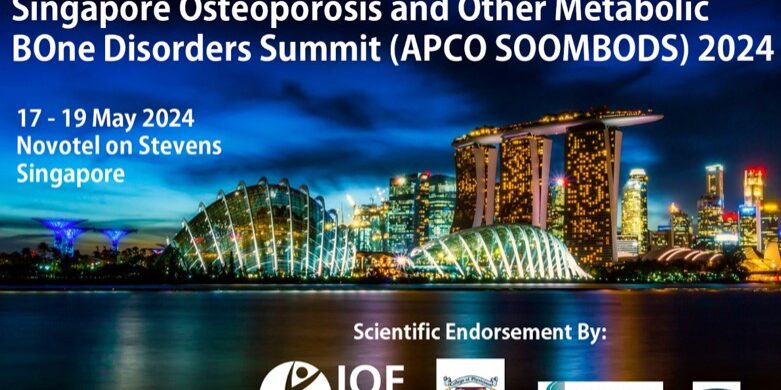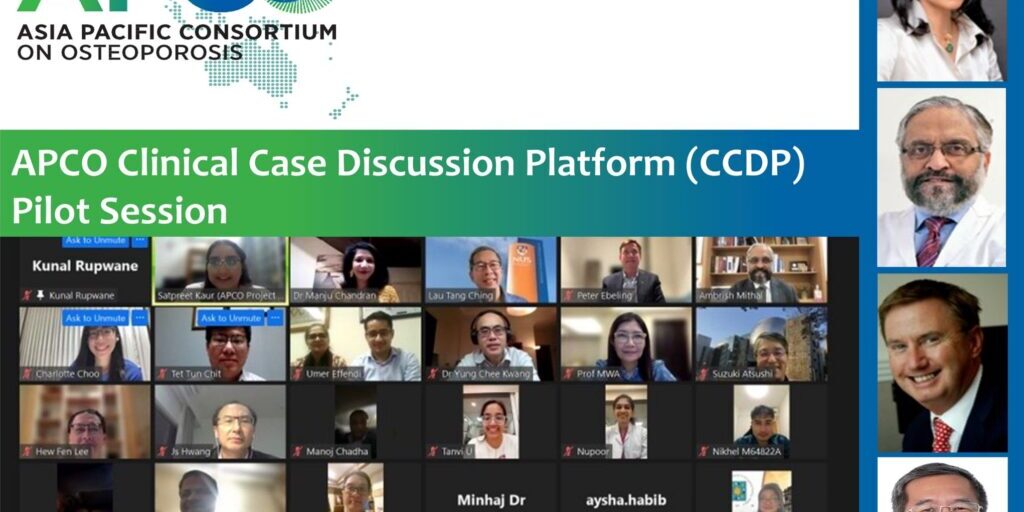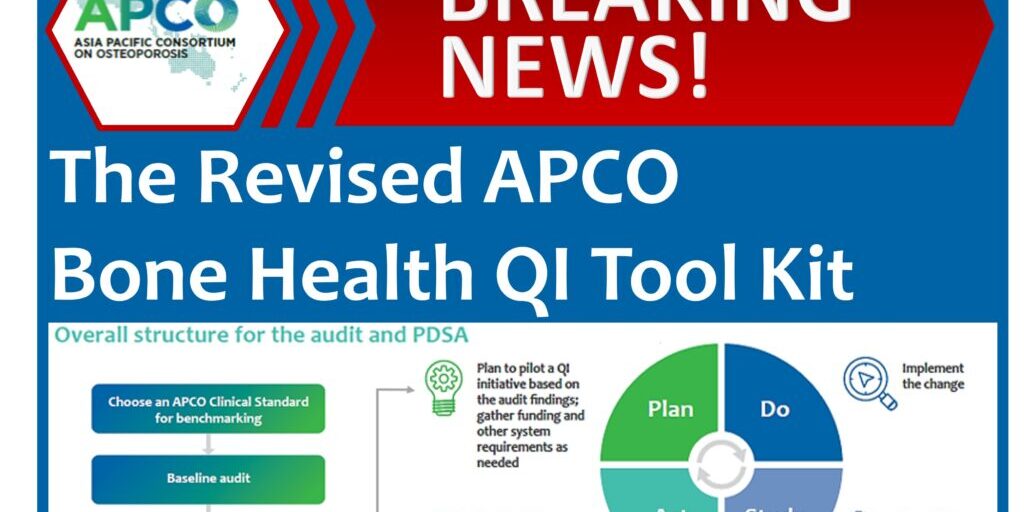Osteoporosis is a silent and chronic disease. Many patients are unaware that they have the disease until they sustain a fracture. Nurses can be at the front line in helping to manage osteoporosis.
Asian cultural norms favour an environment where the dependent relationship between parents and their children change inversely as persons get older, with the elderly becoming heavily reliant on their children. Unlike in western countries, many elderly Asians rely on their family members to bring them to clinics for doctors’ and other appointments. Some of these patients have little time to themselves, as they are often occupied with caring for their grandchildren and doing housework. Many elderly female patients upon being asked about compliance to calcium-rich diet, exercise and medications, often answer that they are occupied with baby sitting and with household chores and that they do not have time, nor do they wish any time for themselves. As such, they often neglect their own health problems and do not show up for appointments, or they just discontinue the medications that their doctors prescribe for them. We have observed that patients who have more “self-time”, engage in regular exercise, follow a balanced, nutritious diet, maintain an active social engagement calendar and come for regular follow ups, generally have better overall health, as compared to those who do not.
Counselling and education of patients with regard to risk factors, lifestyle modification and medication compliance are important while nursing patients with osteoporosis. Cultural and dietary practices play an important role in the self-management of a disease such as osteoporosis. In general, in Asian countries, most older people do not take a calcium-rich diet, as dairy products are typically not favoured by them. Education and reinforcement of advice regarding a calcium-rich diet is important during each patient visit. Patients, especially the elderly, need reinforcement to achieve lasting lifestyle modifications.
Many elderly in Asia are likely to be not highly educated. It may be difficult for them to absorb large volumes of medical information, or to understand medical terms quickly. Most patients do not correlate the fracture they had to osteoporosis and instead, simply believe that it happened because they fell. At the Nurse-led osteoporosis clinics of the Osteoporosis and Bone Metabolism Unit at Singapore General Hospital, the nation’s first such clinic, we spend some time to help our elderly patients’ understand their medical condition and their laboratory and bone mineral density (BMD) results. We also spend time with them discussing their treatment plan, providing falls risk advice and engaging them in the decision-making process. Providing counselling and education through an individualised approach, using simple words, speaking slowly and clearly without being patronising, and ongoing reinforcement of important information assists patients to better understand their illness.
Many patients may present with pain due to arthritis or other musculoskeletal problems. They expect pain relief or miraculous strengthening of their bones while taking osteoporosis medications. It is important to provide a clear explanation about osteoporosis treatment and its expected outcome, to prevent any misunderstanding or unrealistic expectations by patients. During counselling, we often emphasise to patients that osteoporosis medications by themselves are not pain killers, or miracle therapies that will prevent all fractures, but medicines that help to slow down bone loss and reduce risk of fracture. Patients need to be realistic about the outcome of the treatment. Our Support Group for Osteoporosis patients – aptly titled WISH BONE, encourages and attempts to empower patients and their care-takers to deal with this often devastating illness. Getting patients to understand their illness and take steps to be involved actively in the management plan, is half the battle won.
Nurses can also play an important role in Fracture Liaison Services (FLS) by serving as the vital link coordinating care between the different specialists, primary care and allied health services involved in the care pathway of a patient with osteoporosis.
To keep the patient at the heart of care embodies the spirit of Florence Nightingale – “The Lady with the Lamp”, whose 200th birth anniversary was marked on May 12, 2020.
Dr Manju Chandran, APCO Executive Committee Chair






